Alex Oxlade-Chamberlain suffered another setback with Liverpool in the form of an ankle injury at the Club World Cup. Here’s the expert analysis.
Oxlade-Chamberlain sustained a right ankle injury in the final against Flamengo, with Jurgen Klopp commenting on the injury, with a quick bonus anatomy lesson as well.
“You have three ligaments on the outside of the ankle and one of them is damaged,” the manager explained.
In the following article I’ll explain what that means, Ox’s possible return timelines and two major risks moving forward.
The injury
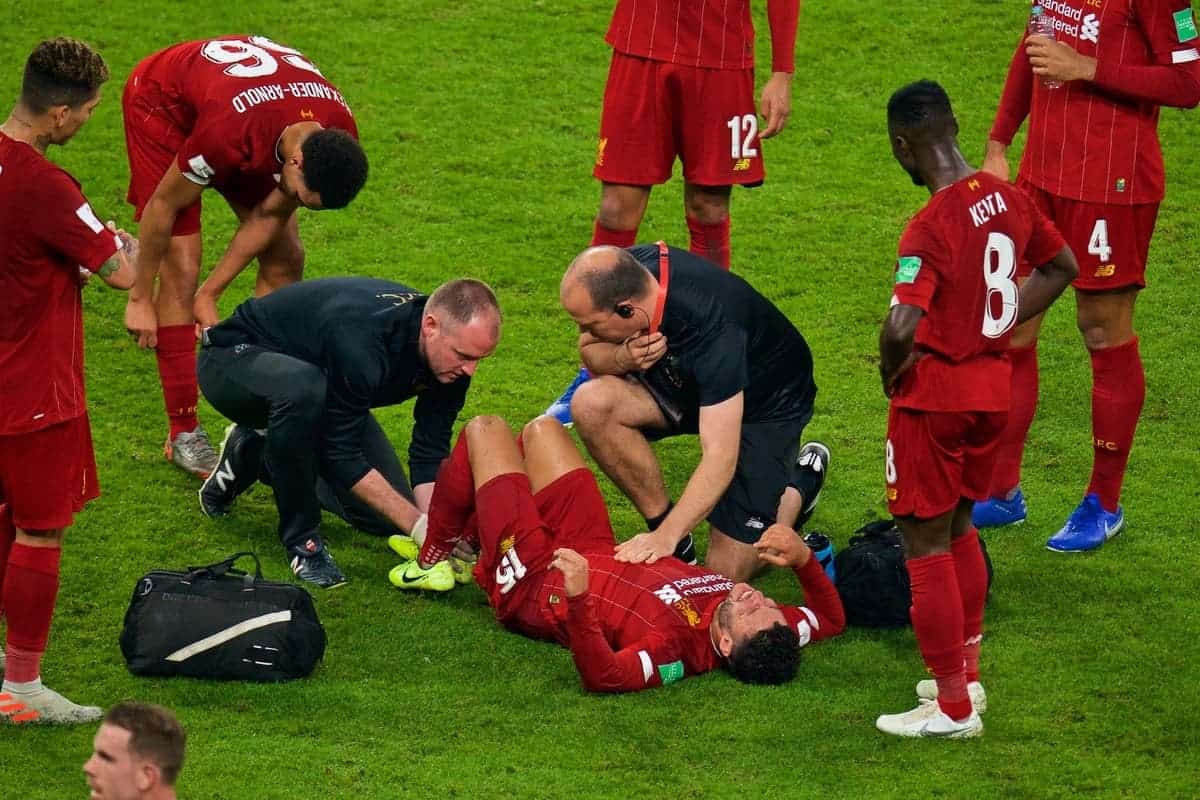
Anatomy
The three ligaments on the outside of the ankle Klopp was referring to are medically termed the lateral talocrural (ankle joint) ligaments.
These include the anterior talofibular ligament (ATFL), calcaneofibular ligament (CFL) and posterior talofibular ligament (PTFL).
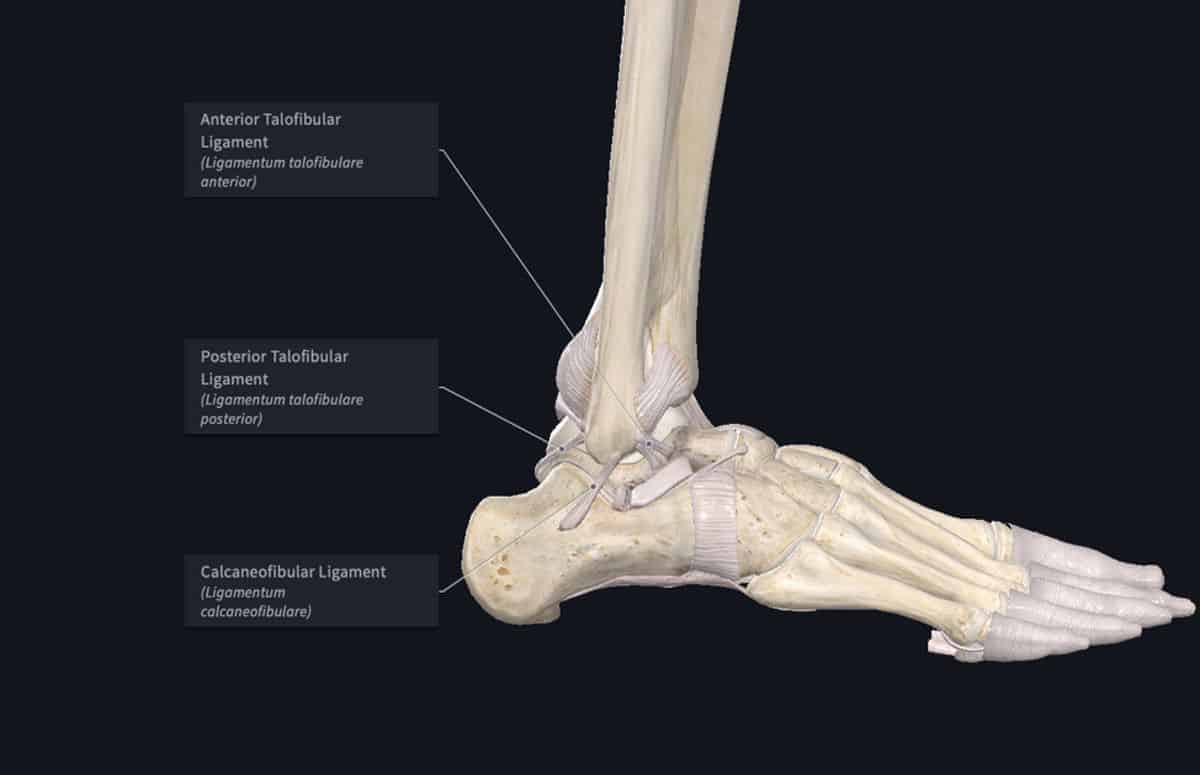
With enough force, the ligaments get damaged, otherwise known as sprained or torn. The ATFL is by far the most commonly damaged.
Severity
Ankle ligament damage is categorised into a grade I, II, or III tear/sprain.
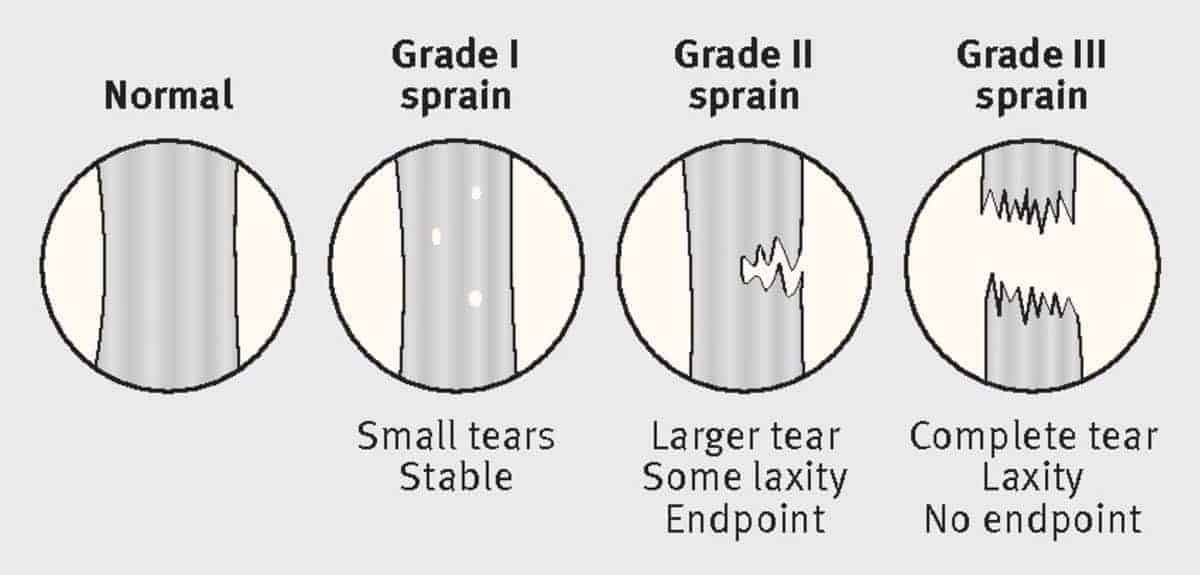
A grade I involves stretching and microscopic tearing of the ligaments with mild swelling and tenderness, no joint instability and ability to bear weight and walk with minimal pain.
A grade II is an incomplete tear of the ligament with moderate pain, swelling and bruising, mild to moderate joint instability and deficits in range of motion and function upon examination, with difficulty bearing weight and walking.
A grade III is a complete tear—a rupture—with severe pain, swelling and bruising, significant instability and deficits in range of motion and functionality upon exam, with inability to bear weight or walk.
Return to play (RTP) & rehab timeline
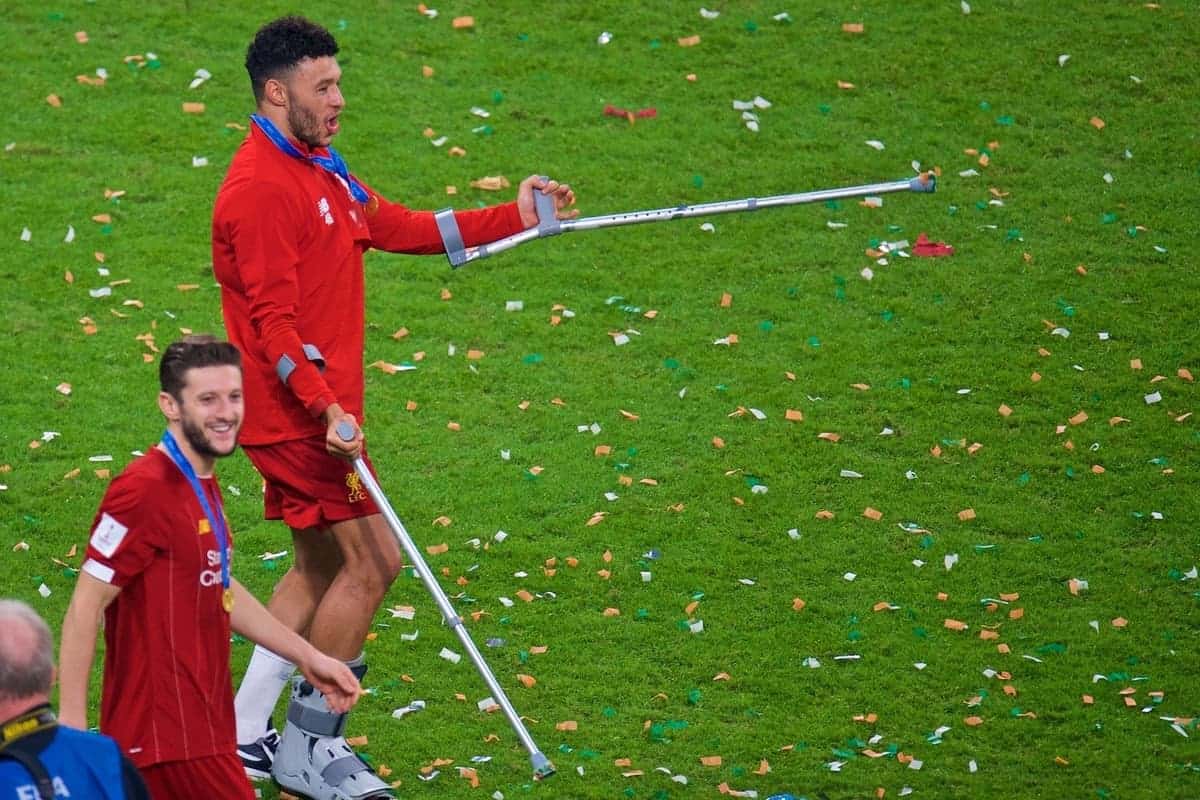
Return to play (RTP)
Ox’s RTP depends on the severity of damage.
Generally, the research shows that a grade I takes seven to 10 days, a grade II takes two to three weeks, and a grade III up to four to six-plus weeks.
No details have been released on Ox’s severity of injury but the one major indicator we do have is that Ox was placed into an aircast and crutches after the injury, which he continued to use upon the team’s return from Doha.
This may indicate he has at least a grade II lateral ligament sprain which would see him out until at least mid-January.
Rehab
Regardless of severity, the aim of Ox’s treatment will focus on limiting ankle stiffness and maintaining range of motion.
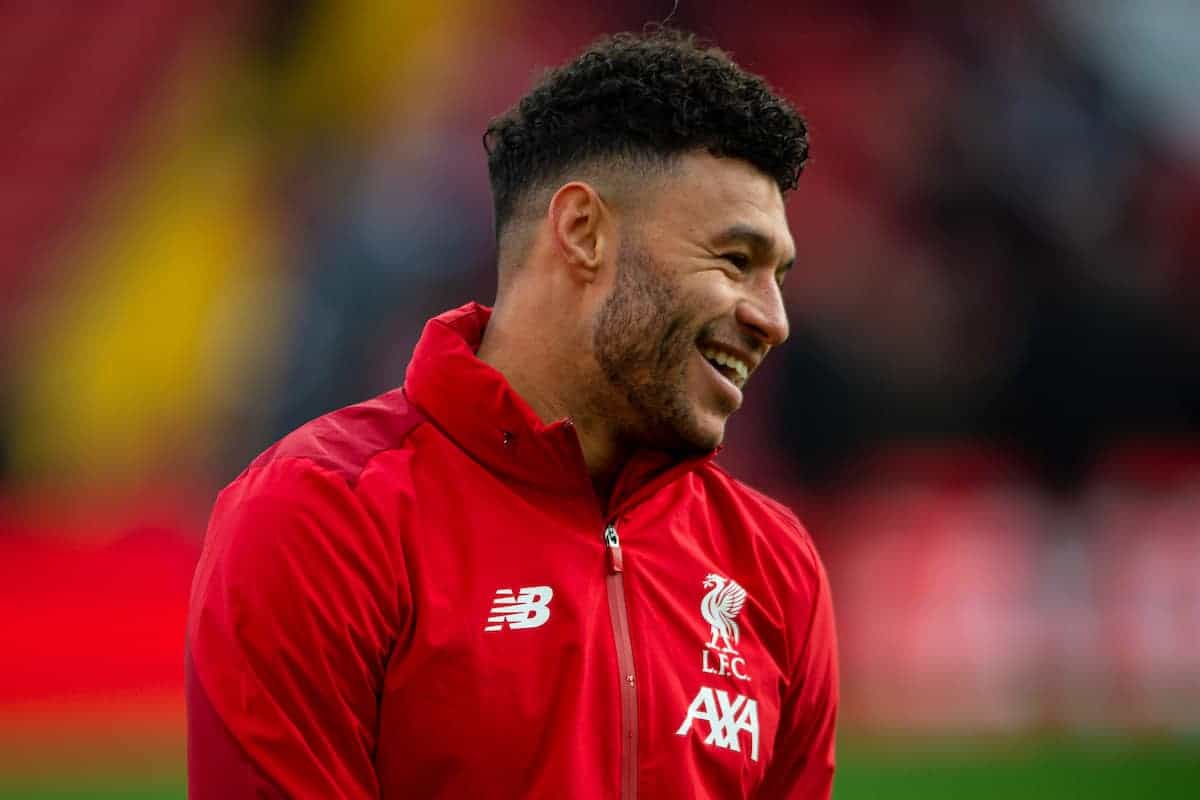
This will particularly include dorsiflexion which is commonly affected after an ankle sprain, restoring strength in the foot and ankle complex, improving postural control and proprioception, which has proven to be one of the most effective ways of preventing future ankle sprains, and maintaining fitness through modified activity.
For example, running on an underwater or AlterG treadmill which allows you to unweight the body.
Eventually he’ll progress back to limited training, full training and reintroduced into games.
All along the way, Ox will be evaluated and re-evaluated for pain and discomfort in the ankle and taken through side-to-side testing that commonly includes the lateral hop test and star excursion balance test (SEBT).
The research shows that a 10 percent side-to-side difference in these tests indicates increased risk for lower body injury.
Two major risks
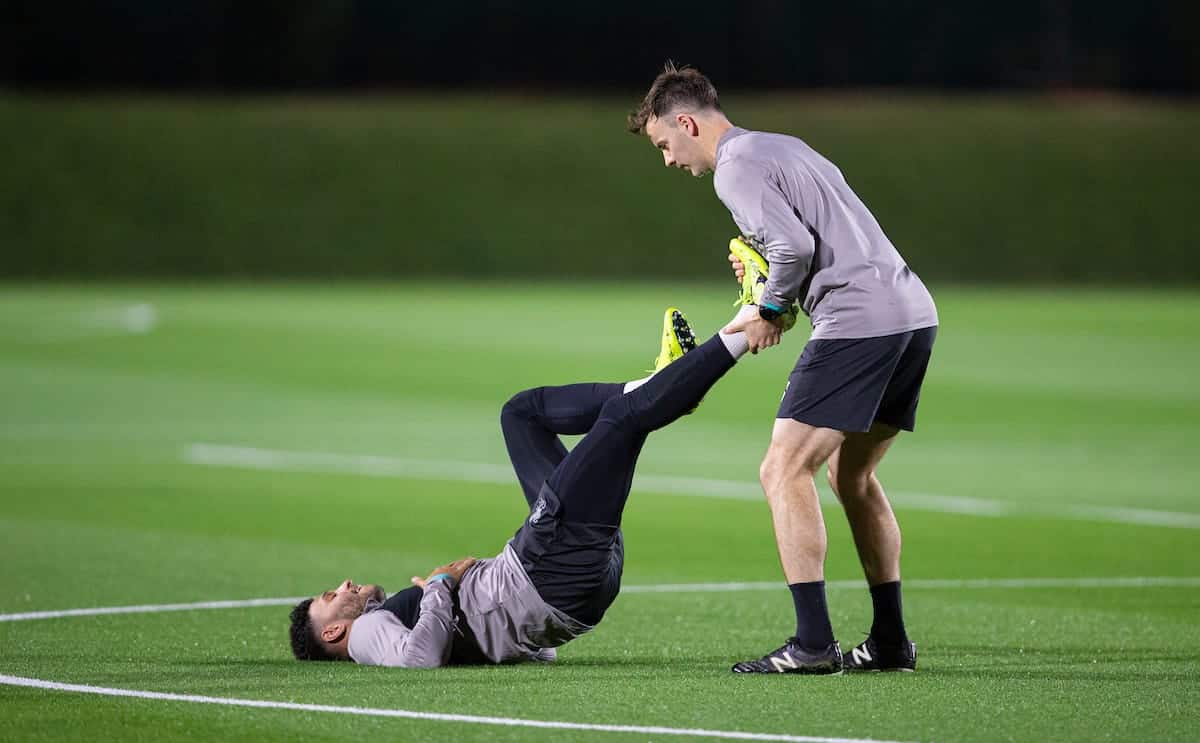
Risk #1 – Recurrence
Arguably the greatest challenge of managing an ankle sprain in athletes is preventing recurrence.
The two strongest predictors of re-injury are a previous ankle sprain and premature return to play.
Accordingly, the research shows that footballers—along with basketball players—are five times more likely to re-sprain the ankle with some studies showing a recurrence rate of upwards of 73 percent!
Risk #2 – Persistent symptoms
Further, upwards of 70 percent of players with recurrent ankle sprains develop either persistent symptoms or a condition known as chronic ankle instability (CAI) which is characterised by constant stiffness, weakness and feelings of instability and low confidence in the ankle AKA kinesiophobia (fear of movement).
Coming back too early and developing persistent symptoms can lead to the athlete actually missing more games down the line.
This applies even to mild grade I ankle sprains that aren’t considered ‘serious’. We have two recent examples of that:
Example 1 – Alexandre Lacazette
Lacazette returned quickly from a grade I sprain, continued to have ongoing discomfort, and then he was shut down for a 44-day stint in physio and is still struggling to find his form.
Example 2 – Kyle Kuzma
Los Angeles Lakers’ Kyle Kuzma played through a grade 1 sprain for five games but then was shut down for five games due to persistent soreness.
He’s come back after that rehab stint and looked the best he has all season.
The upshot
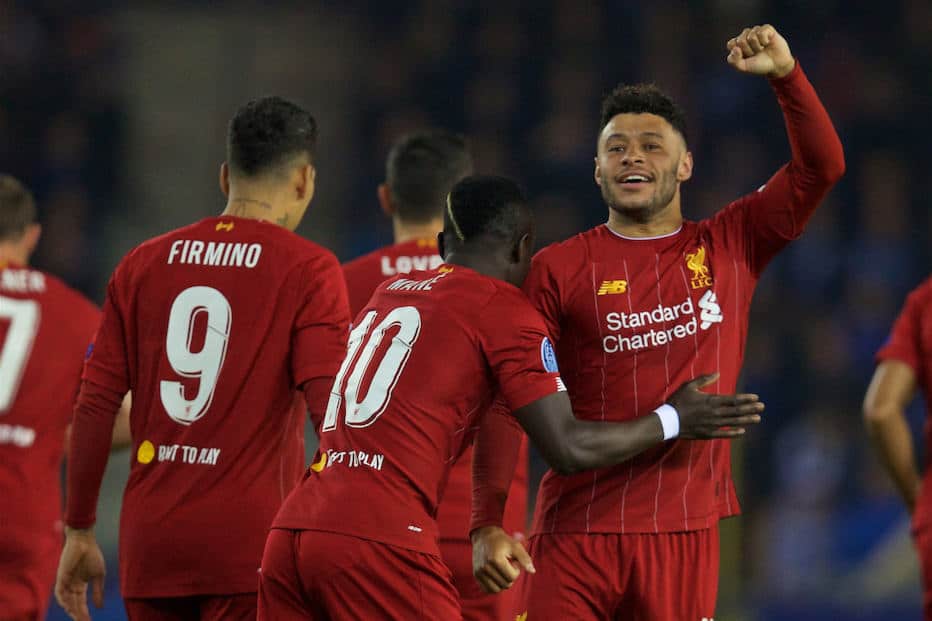
For all these reasons, it makes sense for Liverpool to be as methodical and cautious as possible with Ox’s return and make sure he’s 100 percent fit and ready to go.
Further, their medical staff has a proven record of understanding risk/reward with players—for example with Mohamed Salah’s recent ankle injury—and not putting undue pressure or expectations on a quick return or definite timeline.
I expect Ox to make a full recovery under the watchful eye of the Liverpool medical staff at Melwood.
If he returns to on-pitch training in early January, it’s another indicator that he’s dealing with a grade 2 lateral talocrural (ankle joint) ligament tear and I’d expect him to be back around mid-January, barring any setbacks.
Otherwise, his recovery and return could extend into February and possibly longer.
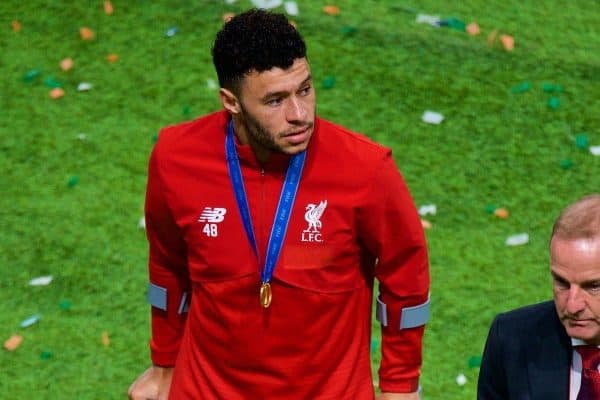


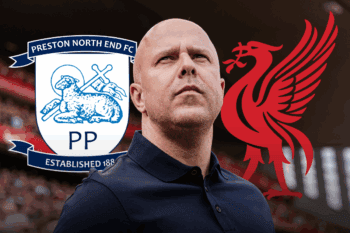

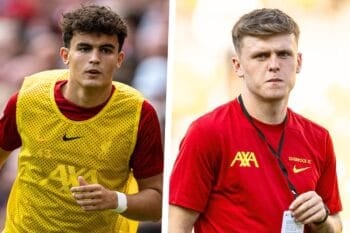
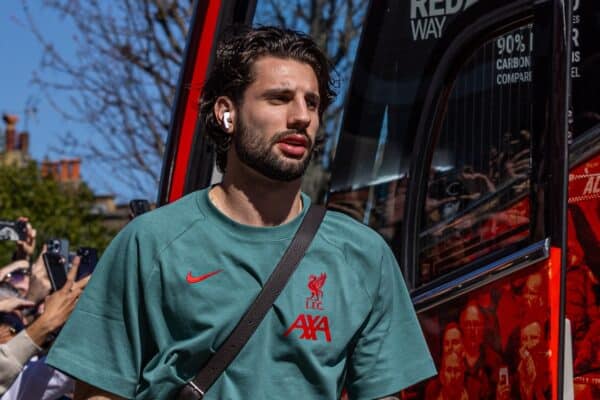
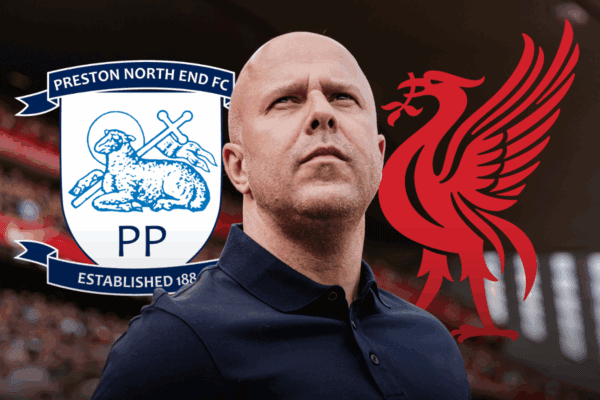

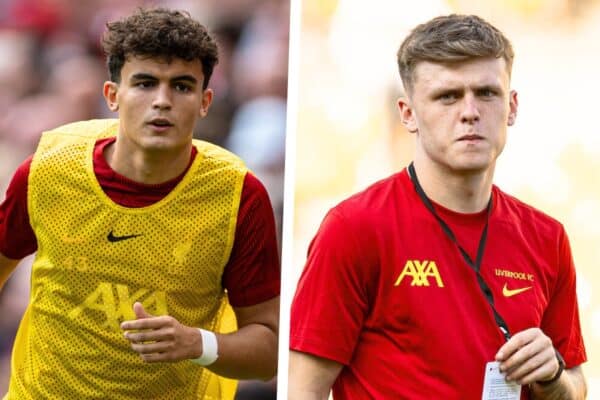
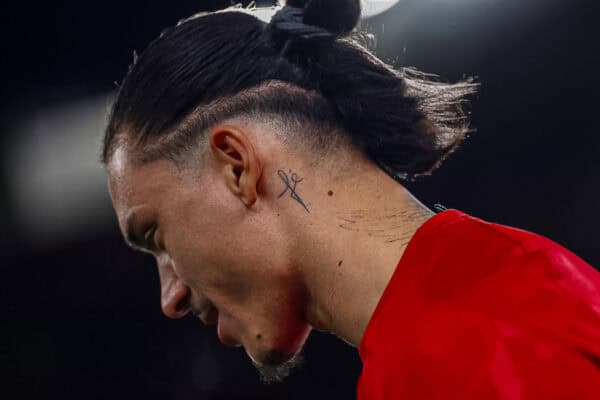
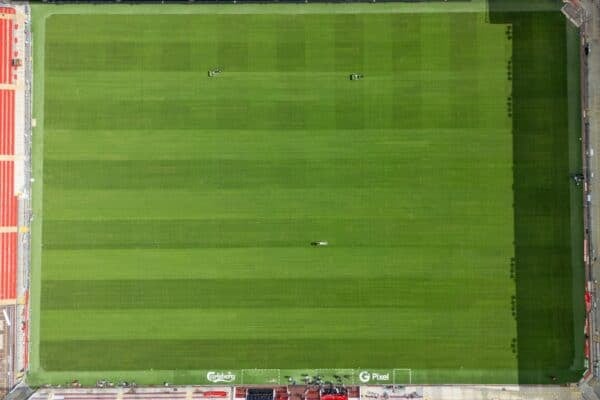
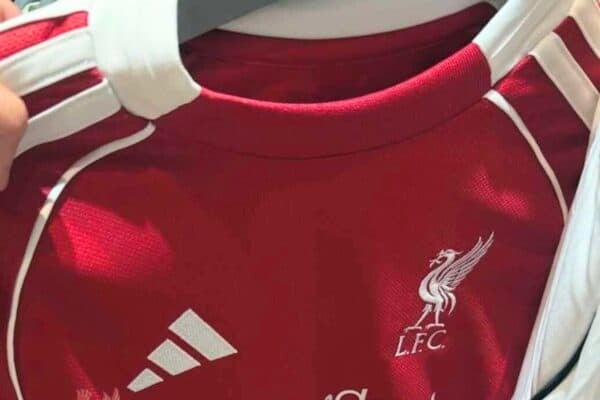
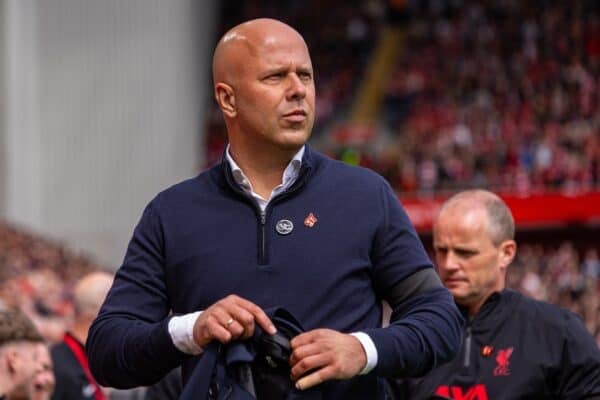





Fan Comments